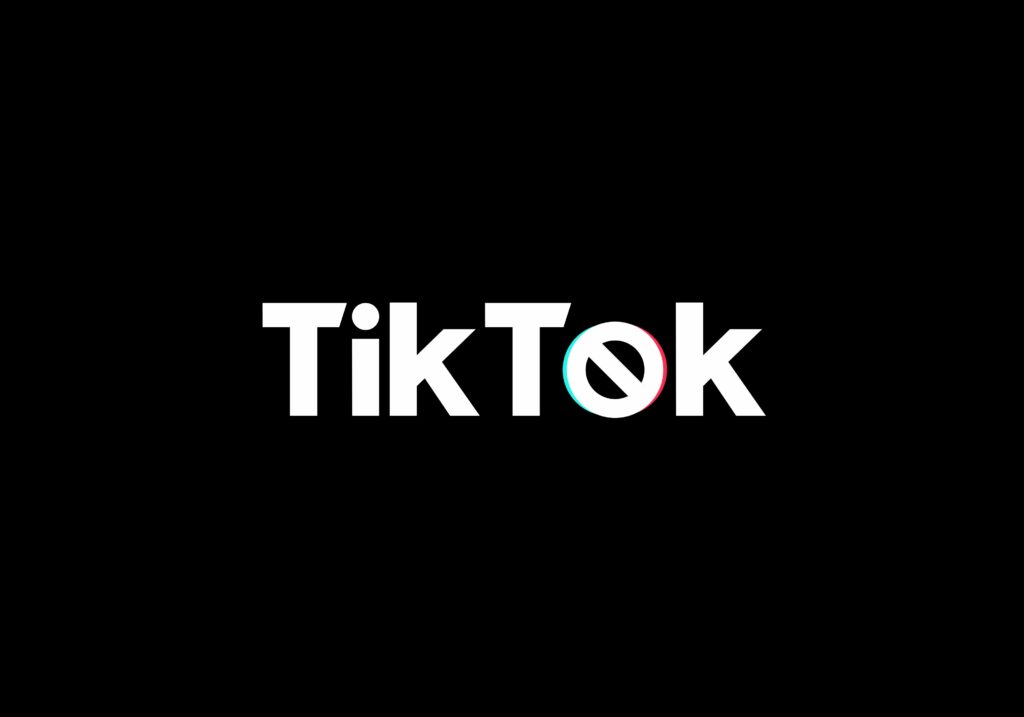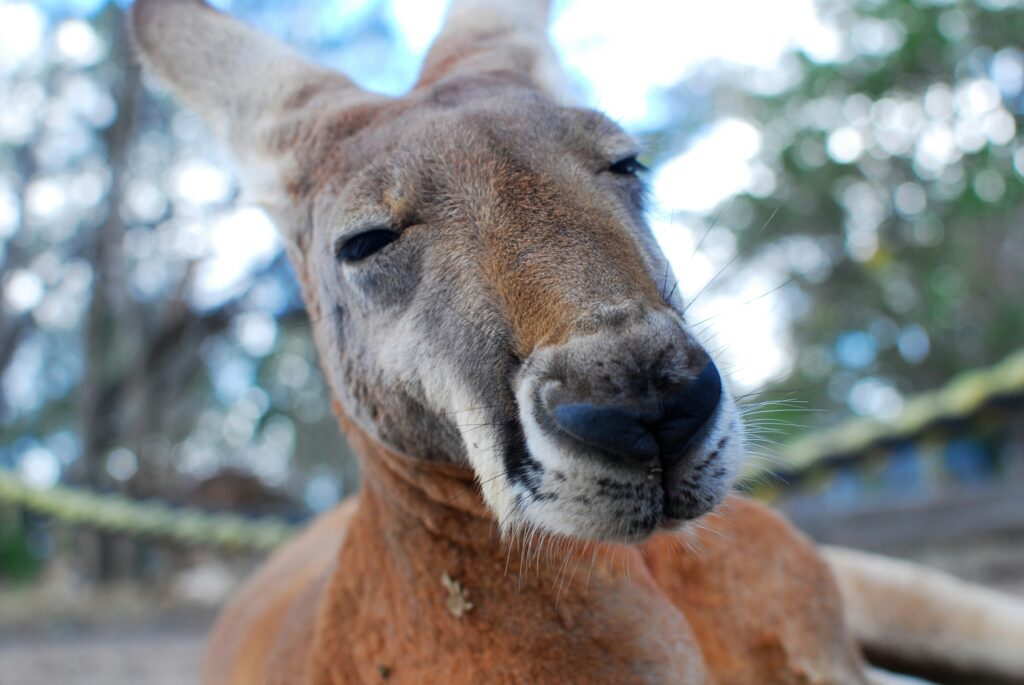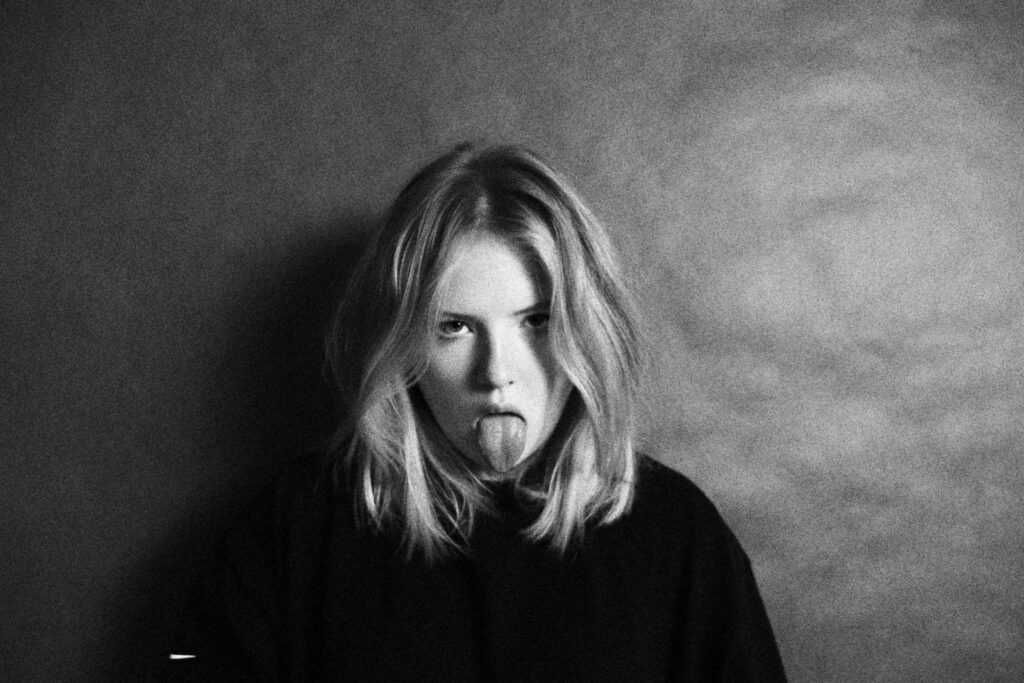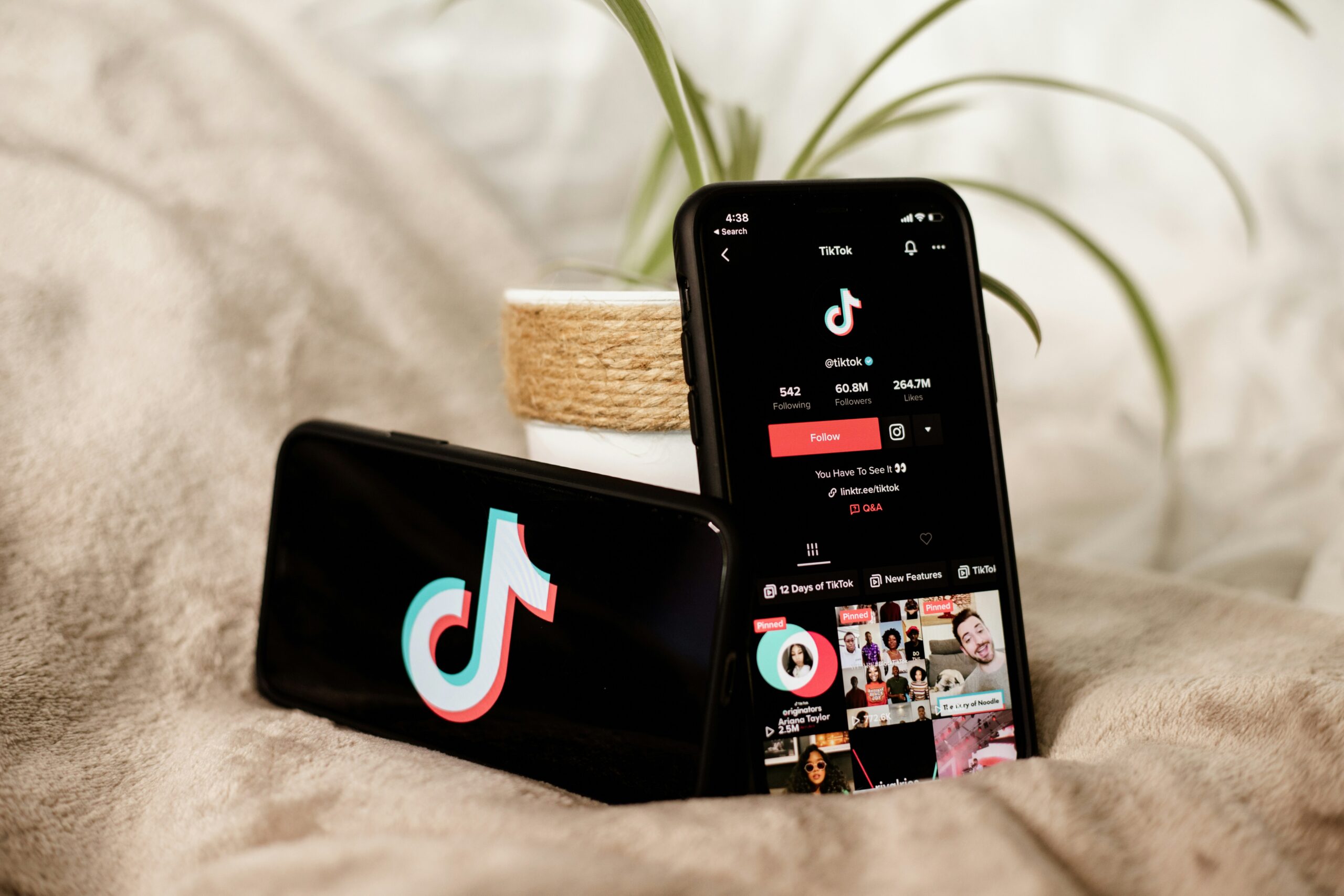Hold onto your phones, because TikTok just unleashed another viral monster: the DTB Challenge 2025. This isn’t your grandma’s wholesome dance trend. We’re talking about a full-blown social phenomenon where millions are declaring war on traditional relationships, trust, and even basic decency. Is this Gen-Z finally wise enough to “lock in” their self-worth, or are they just fueling a digital inferno of cynicism and emotional brainrot?
With over 20 million videos using the hashtag and a “Breakout” status on Google Trends, the DTB Challenge 2025 isn’t just trending—it’s actively rewiring how an entire generation views love, loyalty, and the opposite sex. From shocking confessions to brutally honest “receipts,” we’re peeling back the layers on this controversial craze.
Prepare yourself. This deep dive into the DTB Challenge will leave you questioning everything you thought you knew about modern dating… and maybe even yourself.
Unpacking the ACUTE Cynicism: What is the DTB Challenge?

First things first: what the actual hell does “DTB” even stand for? While interpretations vary slightly, the overwhelmingly dominant definition, especially in the context of the challenge, is stark: “Don’t Trust B*hes” (or “Don’t Trust Boys,” depending on the creator).**
This isn’t just a catchy acronym; it’s a battle cry. The DTB Challenge 2025 is a raw, often aggressive, declaration of independence from perceived romantic deception. Participants, primarily young women, share stories, memes, and advice centered around protecting their peace, avoiding manipulation, and essentially, building a wall around their hearts.
The core of the DTB Challenge involves:
- Sharing personal anecdotes of betrayal, heartbreak, or manipulative ex-partners.
- Highlighting “red flags” in relationships and dating scenarios.
- Advocating for self-reliance and prioritizing personal goals over romantic pursuits.
- Creating relatable content that validates feelings of distrust towards specific genders.
- Calling out perceived toxic behaviors from partners, often in a blunt, no-holds-barred fashion.
The movement isn’t just about commiserating; it’s about empowerment through shared experience, often with a heavy dose of dark humor and a fiercely unapologetic stance. It’s a digital support group for the cynically heartbroken, but it also has its critics.
From Empowering Anthem to Toxic Trend: The DTB Challenge 2025 Divides a Generation
Like most viral phenomena, the DTB Challenge is a double-edged sword. For some, it’s a necessary rebellion against toxic dating norms. For others, it’s simply digital poison, spreading a blanket of distrust that suffocates genuine connection.
The DTB Challenge as a SHIELD: Why It Resonates
- Trauma Response: Many participants are genuinely processing past hurts, using the DTB Challenge 2025 as a platform for catharsis and validation. Sharing experiences of gaslighting, cheating, or emotional abuse helps them feel less alone.
- Promoting Self-Worth: The underlying message for many is to prioritize oneself, build personal strength, and avoid situations that drain emotional energy. This can be genuinely empowering, fostering independence.
- Exposing Red Flags: The challenge educates a younger generation on manipulative tactics and unhealthy relationship dynamics, acting as a digital early warning system.
- Challenging Gender Norms: By openly discussing dissatisfaction with partner behavior, the DTB Challenge 2025 implicitly challenges traditional gender roles and expectations in relationships.
“For a generation that’s seen a rise in online manipulation and emotional dishonesty, the DTB Challenge 2025 can feel like a protective shield,” states Dr. Lena Hansen, a sociologist studying digital communities. “It allows individuals to feel validated in their skepticism and build boundaries in a sometimes overwhelming dating landscape.” You can read more about the digital dating landscape in our analysis of dating app fatigue and the rise of niche dating platforms (Internal Link: yourwebsite.com/blog/dating-app-fatigue-niche-platforms).
The DTB Challenge as a POISON: Why It WORRIES Experts
- Generalized Distrust: The biggest criticism? The DTB Challenge 2025 often generalizes, promoting blanket distrust towards an entire gender rather than focusing on individual toxic behaviors. This can lead to unhealthy cynicism.
- Fueling Gender Animosity: Critics argue it creates an “us vs. them” mentality, fostering resentment and making healthy, trusting relationships harder to form.
- Brainrot & Echo Chambers: Like many intense online trends, the DTB Challenge can devolve into an echo chamber, where nuanced perspectives are shut down, and extreme views are amplified, contributing to digital brainrot.
- Self-Fulfilling Prophecy: By constantly expecting the worst, participants might unconsciously push away genuinely good partners or become hyper-vigilant to the point of paranoia, ironically creating the very problems they sought to avoid.
A thought-provoking piece in The Atlantic recently explored how viral dating trends like the DTB Challenge are “shaping a new generation of singletons,” warning against the dangers of online echo chambers that can distort healthy social development.
Viral Moments & Cringeworthy Confessions: How the DTB Challenge 2025 Blew UP TikTok
The DTB Challenge isn’t just a philosophy; it’s a spectacle. TikTok’s short-form, high-impact content style perfectly fuels its rapid spread.

The Most EXPLOSIVE DTB Challenge Content:
- “Receipt” Reveals: Users expose manipulative texts, DMs, or screenshots from ex-partners, often with dramatic music and captions like “This is why I live by the DTB Challenge.”
- Storytime Betrayals: Hour-long TikTok LIVE sessions or multi-part video series where creators recount elaborate tales of heartbreak and deceit, garnering millions of views.
- Sarcastic “Relationship” Advice: Videos offering tongue-in-cheek tips like “How to never get hurt again: just embrace the DTB Challenge” or “My dating app bio? ‘DTB.’ Saves a lot of time.”
- The “DTB Anthem” Sound: Catchy audio clips that become synonymous with the challenge, used in countless videos by creators sharing their anti-love manifestos.
- “DTB Transformation” Videos: Showing a glow-up post-breakup, often framed as becoming “undateable” or “unbothered” thanks to the DTB Challenge 2025 mindset.
The raw, unfiltered nature of these confessions taps into a universal experience of being hurt, but the collective public shaming element is where the “spicy” factor truly ignites. It’s a blend of therapy session and public execution, tailored for viral consumption.
The Brainrot Effect: Why the DTB Challenge 2025 is Resonating (and Worrying) Millions
The meteoric rise of the DTB Challenge 2025 points to a deeper societal current. This isn’t just about a few bad dates; it’s about a generation’s growing disillusionment.
Psychological & Social Undercurrents of the DTB Challenge 2025:
- Post-Pandemic Paranoia: Increased isolation and online interaction during the pandemic may have amplified distrust and social anxiety.
- Information Overload: Constant exposure to curated “perfect” relationships vs. countless stories of betrayal online creates a warped reality, where the negative often feels more authentic.
- Performance Culture: The pressure to perform a “perfect” life online extends to relationships, making real, messy connections seem less desirable.
- Emotional Armor: For some, adopting the DTB Challenge 2025 mentality is a subconscious way to avoid vulnerability, creating emotional armor in a world that feels increasingly unpredictable.
- The “Main Character” Syndrome: This trend aligns with the idea of being the protagonist of your own life, with everyone else (especially potential partners) being secondary characters or even villains.
“The immediate gratification of shared outrage and validation online can be intoxicating,” observes Dr. David Yu, a digital psychology researcher. “However, the DTB Challenge 2025 risks solidifying cynicism as a core personality trait, which is a form of digital brainrot for emotional intelligence.”
Navigating the DTB Culture: Are You a Believer or a Rebel?
Whether you’re nodding along in agreement or shaking your head in despair, the DTB Challenge 2025 is undeniable. So, how do you navigate this polarized landscape?

Your DTB Survival Guide:
- Critical Consumption: Engage with DTB Challenge 2025 content, but always question the narrative. Are these isolated incidents or truly universal truths?
- Self-Reflection: Use the conversations around the DTB Challenge 2025 to reflect on your own relationship history and boundaries, rather than adopting a blanket distrust.
- Seek Balance: If you find yourself consistently gravitating towards extreme DTB Challenge 2025 content, seek out narratives that highlight healthy, trusting relationships too.
- Prioritize Real-World Connection: Don’t let online trends dictate your offline interactions. Genuine connection still requires vulnerability and effort.
- Guard Your Peace: The core idea of protecting yourself is valid. Focus on building strong self-esteem and clear boundaries, regardless of online trends.
A nuanced perspective from Vice suggests that while the DTB Challenge 2025 offers a necessary outlet for many, its underlying message requires careful consideration to avoid promoting lasting negativity.
Is the DTB Challenge 2025 Here to Stay, or Just Another Digital Detritus?
The DTB Challenge 2025 is more than just a passing TikTok fad. It’s a visceral reaction to a complex dating landscape, amplified by the echo chambers of social media. It speaks to a generation’s anxieties about vulnerability, trust, and authenticity.
Whether it’s a phase that gives way to a new form of digital connection, or if it solidifies into a permanent cultural shift, one thing is certain: the DTB Challenge 2025 has stirred the pot, forcing a conversation about trust and self-preservation in the digital age.
This kind of internet brainrot isn’t new; it’s just evolving. For more deep dives into the bizarre, often alarming, ways social media is reshaping human behavior and viral trends are literally rewiring young brains, check out our mind-bending archives.

